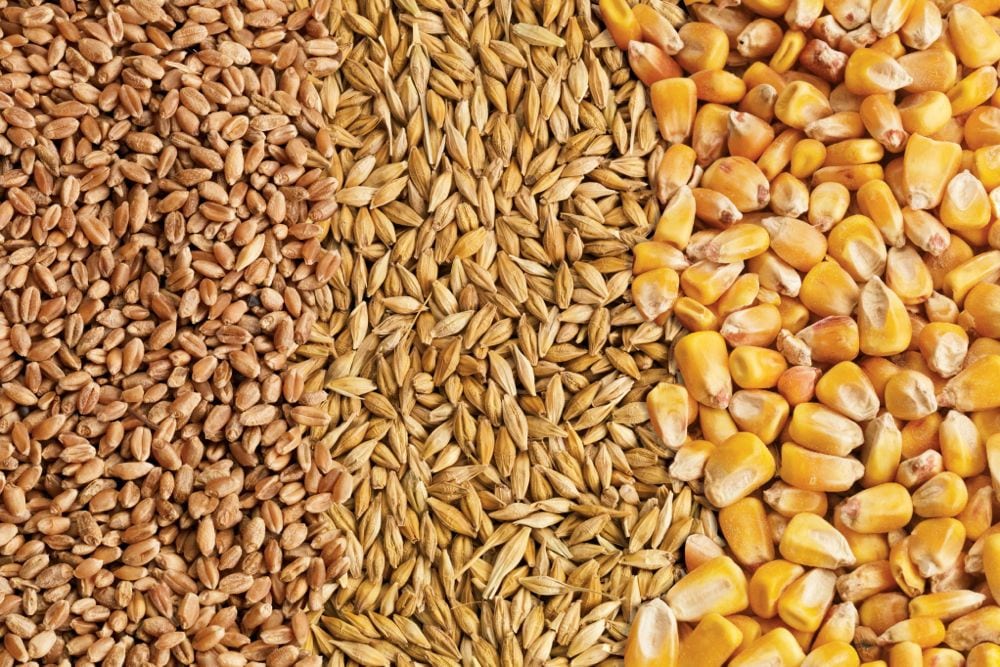Expectations that persistent winter-like weather will delay seeding in Western Canada this spring could result in more canaryseed acreage.
“Canaryseed is often the last thing people seed, and I think the delayed planting season might be a factor,” said Kevin Hursh of the Canaryseed Development Commission of Saskatchewan.
Acres could increase, he said, because some farmers may say “Well, we’re running out of time, it’s getting kind of late; let’s put canaryseed in rather than wheat or durum.”
Canaryseed quality isn’t generally impacted as much as other crops by later seeding, though it is still a fairly long-season crop.
Read Also

Feed Grains Weekly: Good export demand pushing up domestic prices
Prices for feed barley and wheat have been trending higher lately, said analyst Jerry Klassen of Resilient Capital in Winnipeg.
But yields could suffer if the crop isn’t planted at the optimal time, said Grant McLean, a crop management specialist with Saskatchewan’s ministry of agriculture in Moose Jaw.
“Canaryseed is a relatively shallow-rooted crop and if you get heat stress later in the reproductive portion of the crop’s phase of growth, you can get some yield handicaps,” he said.
Prices on new-crop canaryseed are starting to look attractive compared to some other cropping options, which could also entice acres, said Hursh.
“Canaryseed has stayed relatively stable price-wise, while wheat and durum prices are projected to be lower,” he said. “So, although canaryseed hasn’t changed I think in some people’s minds it has become relatively more attractive than some of the cereal options.”
New-crop canaryseed values range between 26 and 27 cents per pound, which compares to old-crop values of 27 to 28 cents/lb., according to Prairie Ag Hotwire.
But if too many acres are planted to canaryseed this spring, prices could fall because there will be more supply than the market can handle.
“Typically our demand is relatively steady and we are the major world supplier,” said Hursh. “So, how much canaryseed ends up being produced in Canada does have a big impact on price levels.”
Demand from Mexico has been on a steady decline due to market issues. Europe’s demand has slowly eased as well due to several European nations’ economic downturn.
“We haven’t seen big year-over-year declines, but our movement to Europe and Mexico is not where it was five years ago,” said Hursh.
Agriculture and Agri-Food Canada’s latest supply and demand report, released Wednesday, pegged 2013-14 canaryseed area at 296,000 acres, slightly lower than the 298,000 planted in 2012-13.
— Terryn Shiells writes for Commodity News Service Canada, a Winnipeg company specializing in grain and commodity market reporting.














